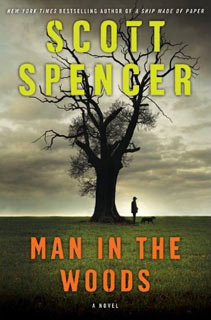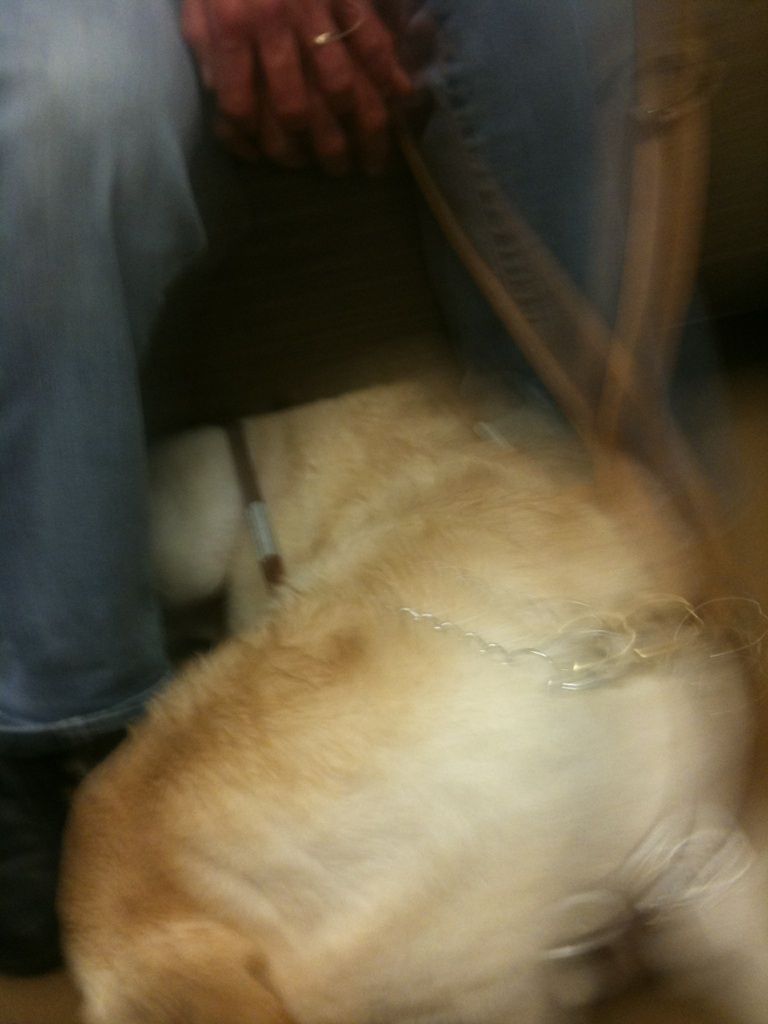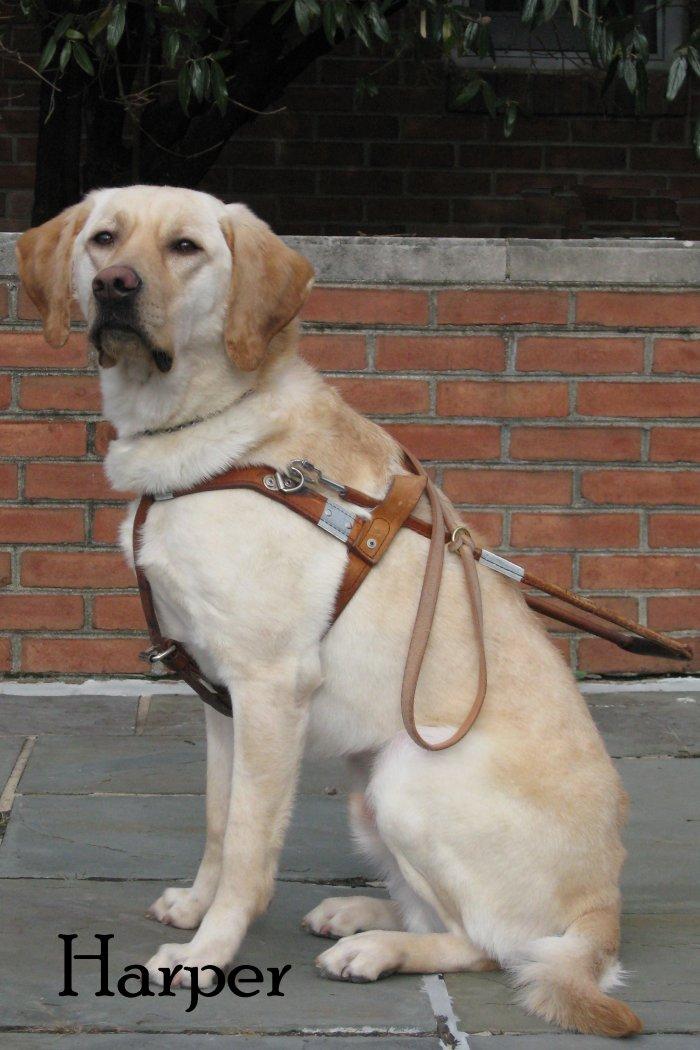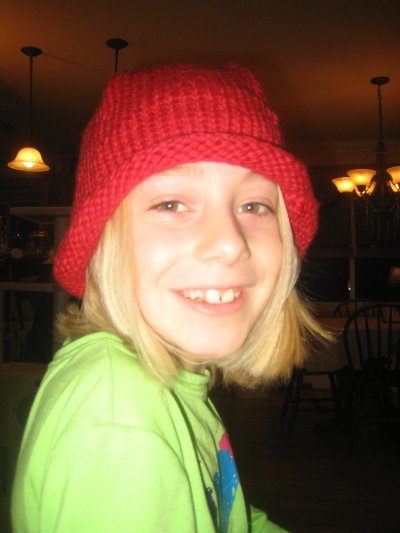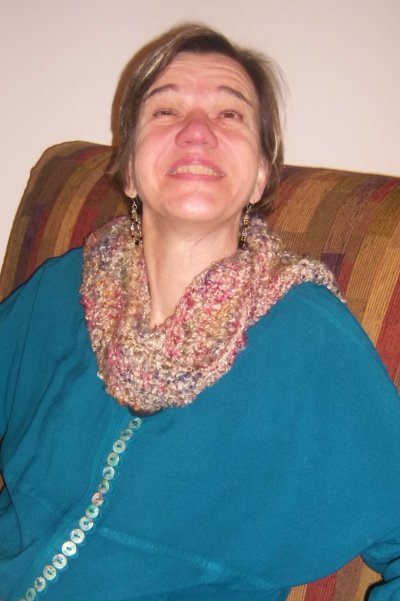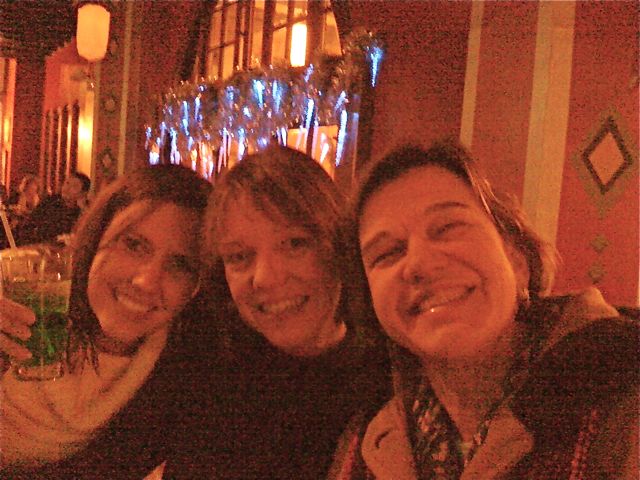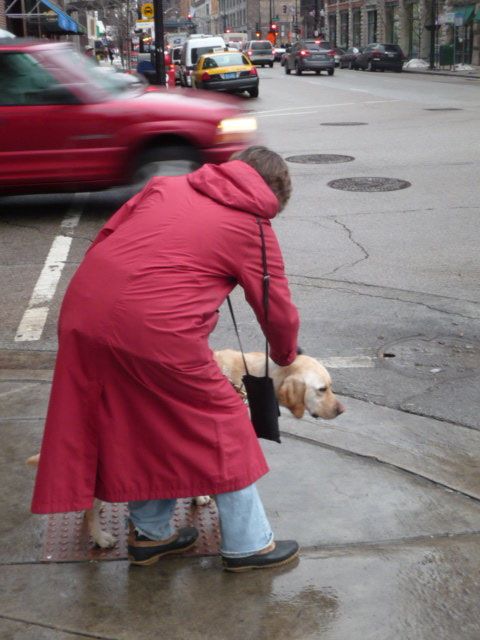Man in the Woods and other great reads
January 17, 2011 • 20 Comments • Posted in blindness, technology for people who are blind, Uncategorized, writingJean Spencer enrolled in the memoir-writing class I teach back in 2006, shortly after her husband Charlie died. “I was feeling low,” she said. “I hoped maybe your class would help.” Hanni and I walked Jean to her bus stop after class that day, and along the way I asked her about her kids. She has two children, Michael and Lisa, from her first marriage, and Charlie had a son, too. “Charlie’s son Scott is a writer,” she said. “His newest book just came out. “ When I asked her what sort of stuff Scott Spencer writes, I heard a quiet little laugh. “You might know one of his books,” she said. “Endless Love?”
Yes. that Endless Love. The Endless Love that sold over 2 million copies. The book that sparked the famous Brooke Shields movie and Diana Ross song (although neither one has much at all to do with Scott Spencer’s original bestseller).
Jean Spencer is still in my memoir-writing class, and before I left for the Seeing Eye in November she urged me to get an audio copy of Scott’s latest book, Man in the Woods. She described the book something like this: A guy named Paul is taking a quiet walk in the woods. He comes across a recluse beating his dog. Paul tries to intervene. The man won’t listen. Paul resorts to violence himself. He accidently kills the recluse. “It’s fantastic,” Scott’s biggest fan Jean told me.
Hmm. I was dubious. But it turns out Jean wasn’t the only smart reader who liked this book so much. The New York Times published a favorable review. So did Publisher’s Weekly. After hearing Terry Gross gush over Man in the Woods during a Fresh Air interview with Scott Spencer, I decided to give it a try.
The rest of the book is not what you’d expect. Paul isn’t exactly on the run from the law – no one seems to care that this man has died. But the reality of what Paul has done sinks in, and his secret about the murder affects Paul and everyone around him. The dog is the only witness to the crime, and even though Paul realizes the dog could be used as evidence, he also realizes the dog has been through enough. So he keeps the dog, names him Shep, and Shep becomes his confessor. Like my friends over at The Bark magazine like to say, “Dog is my Co-Pilot.” And a note from an insider: Scott Spencer’s wonderful stepmother tells me the author has three dogs at home, and one of them is named…Shep!
I stayed up until three o’clock in the @*#)* morning finishing Man in the Woods.. The ending did not disappoint. This is the third Scott Spencer book I’ve read, and for sure my favorite. So many of the characters were perfectly flawed in such a real-life way. And speaking of perfectly flawed: with Harper attached to me for most of the read, I found myself thinking, well, hey, maybe Paul didn’t do such a bad thing, sacrificing a swindler to save poor Shep from all that abuse.
An intense book. And while I loved the intensity, I knew I needed a break from it, too. Last week a good friend from my Easter Seals job suggested Crossing California, a witty novel by Adam Langer about all-American Jewish teenagers coming of age in the Rogers Park neighborhood of Chicago in 1978 and 1979. Crossing California was Langer’s debut novel, and just like Scott Spencer, Langer left Chicago for New York years ago. I’m only in the first chapters of Crossing California, but am already enjoying the half-forgotten history and pop culture references to Astroturf, bean bag chairs and…cassette tapes.
It’s only this past year that I gave up listening to books on cassette tape. I’ve joined the 21st century, downloading books from audible.com and the National Library Service’s Talking Book program. And while I still miss the romance of making music tapes for parties and friends back in the late 70s, fading one song into the next, carefully selecting tunes so that the ebb and flow of the music would be just exactly right, well, I gotta say: I love downloading these books! And thanks to all you sighted folks out there listening to books on iPods and mp3 players, the market has grown. Publishers are providing oh so many more audio books for all of us to enjoy, and I can usually download them right when they come out in print, no more waiting like in the old days.
And so, if any of you out there have any book suggestions, please leave them here in the comments section. I’m all ears.
